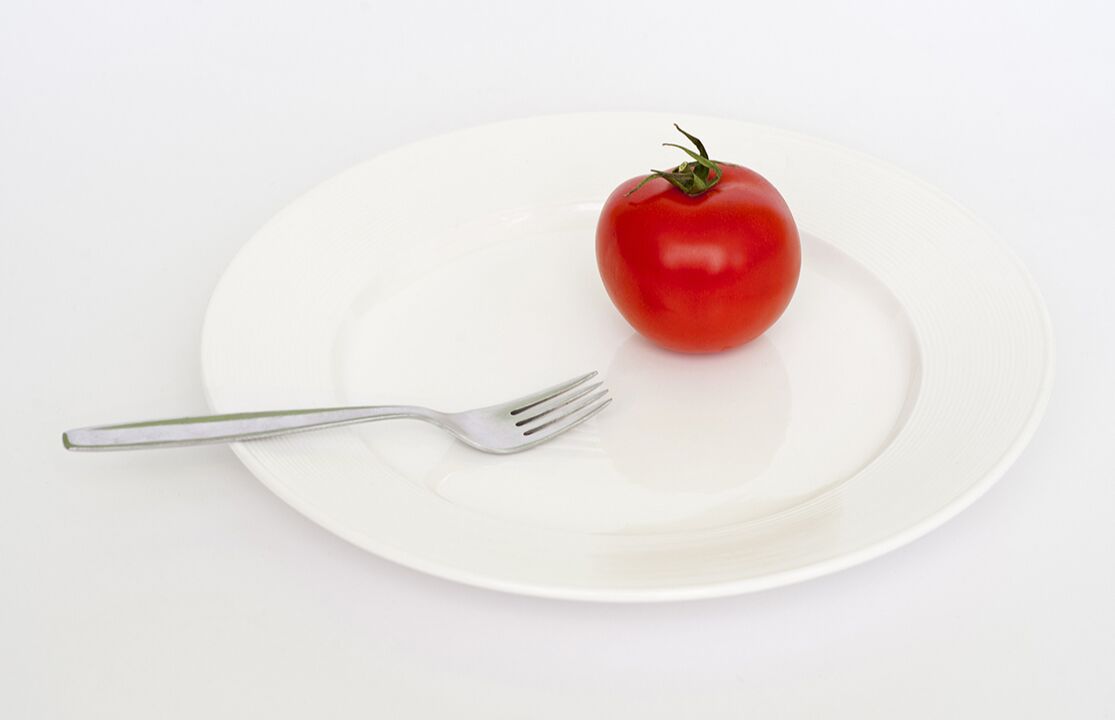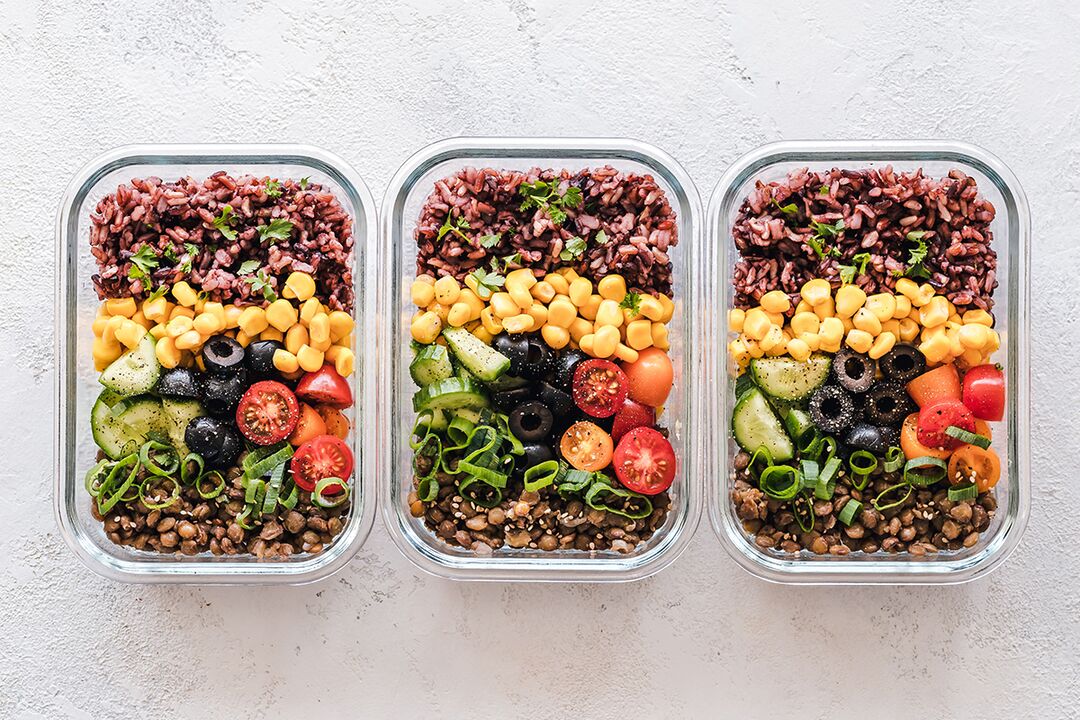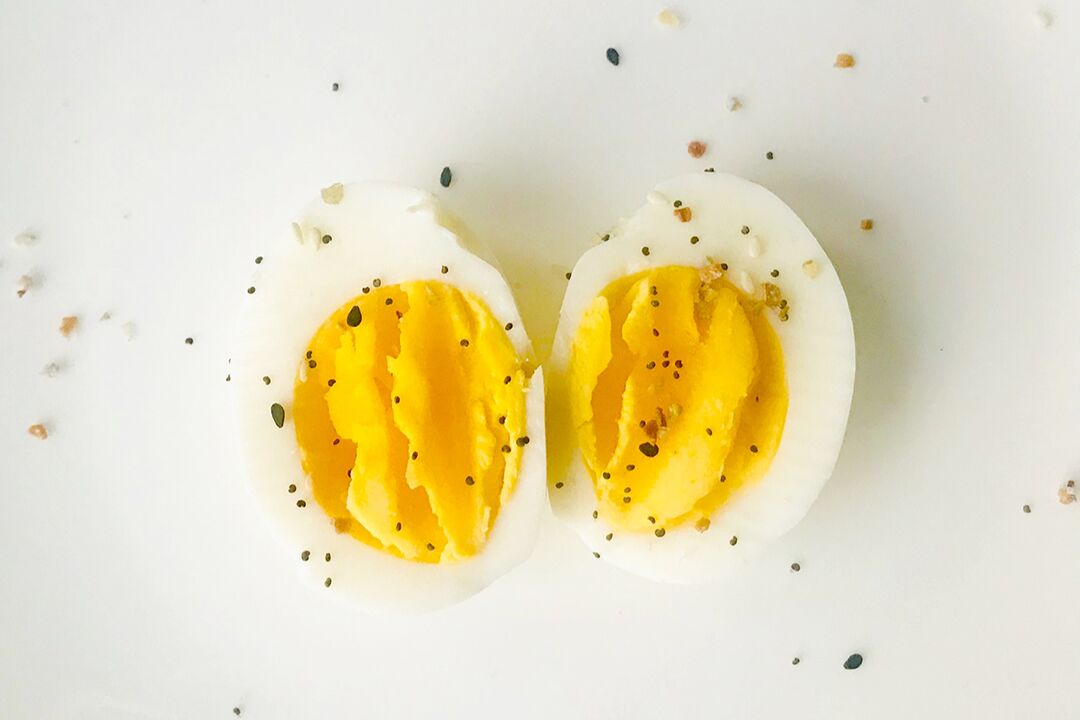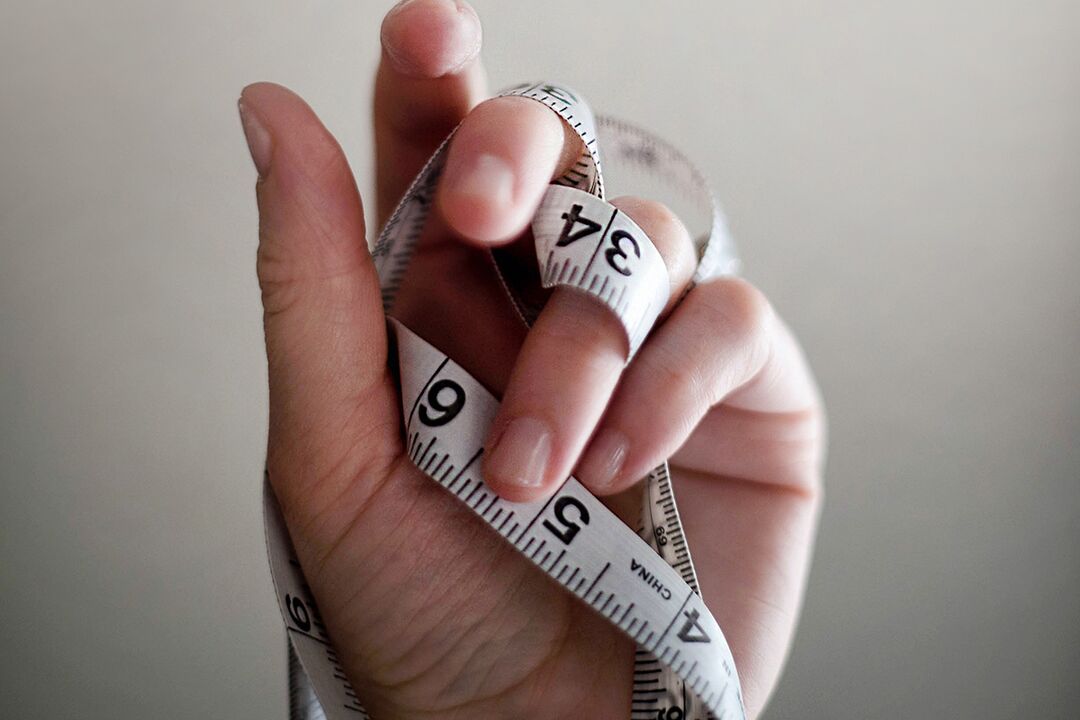
The Ducan Diet is one of the most advertised weight loss methods. Understanding how dieting works, what the "right" weight is, and why eating out can be dangerous, according to Dukan.
Who is Pierre Ducan?
The creator of the popular diet is not a nutritionist, but a therapist. Pierre Dukan was practicing medicine when an obese patient came to see him in 1970. The man admitted that he was ready to give up any food, except meat, for the sake of losing weight. The doctor developed a diet based on lean meat, non-starchy vegetables and a minimal amount of fruit. A prerequisite was the rejection of sugar.
Ducan argued that such a diet was best for natural metabolism: primitive man ate meat, seasonal vegetables and fruits. Sugar in our understanding was inaccessible to him and therefore must now be abandoned.
After 30 years of experimentation and observation, Pierre Ducan published his book I Can't Lose Weight, which became a bestseller in 32 countries. The new method promised the ability to lose 5 kg in one to two weeks without limiting yourself in the amount of food.
Celebrities who openly praised the new method added popularity to Ducan's designs. Jennifer Lopez and Gisele Bündchen used the diet for pregnancy and postpartum weight loss. Welsh singer Catherine Jenkins claims she's in shape by fueling Ducan's plan.
In 2012, the French Council of Physicians stated that the nutritionist violated ethical principles by making medicine a commercial enterprise. In 2014, Pierre Ducan was kicked off the register of doctors for advertising and promoting the method.

How does the diet work?
The Ducan diet refers to a protein diet with minimal carbohydrates and fat. The scheme includes 100 products that can be eaten in any volume in the first weeks.
The method largely mirrors the ketogenic diet and other low-carb meal plans, where the body rebuilds itself to generate energy from fat and protein. The high protein content of foods helps balance insulin production and reduces the production of ghrelin, the hunger hormone. We feel full faster and eat less. But the Ducan diet restricts not only carbohydrates, but also fats. The safety and benefits of this approach are not supported by research.
Before proceeding with the Ducan meal plan, you need to calculate your "correct" weight. This can be done using a special calculator. The calculation is based on data on height, maximum and minimum weight, age, structural features of the body. The calculator was developed by Pierre Dukan, so the result must be scientifically verified and consulted with your doctor.
Ducan's diet is divided into four phases:
- Attack.
- Change.
- Anchorage.
- Stabilization.
Noticeable weight loss begins in the attack phase, which motivates you to continue eating according to the Ducan method. The cause of rapid weight loss is dehydration, because due to a lack of carbohydrates, the body loses fluid. However, experts do not confirm the long-term effectiveness of the method and the health benefits of the diet. Let's figure out how the diet works and why it has many contraindications.
Stages of the Ducan diet
The diet consists of four parts, the duration of which depends on the calculated "correct" weight. The first two stages are aimed at losing weight, and the last stages are aimed at reinforcing achievements. Only high protein foods are allowed during the attack. Then add non-starchy vegetables, limited fat and extra carbs.
The duration of attack, change and reinforcement depends on how many pounds you need to lose to reach the "correct" weight. The final phase, which must be followed constantly, combines the diet of the fixation phase and the weekly protein days in an attack pattern.

1. Attack
The phase lasts from two to seven days. If you need to lose 20kg or more to reach the "right" weight, the phase may take longer. The meal plan includes 68 protein foods and several additional foods:
- meat: beef, veal, venison and other game, pork, lean and soy bacon, liver, kidneys, tongue;
- poultry: chicken fillet and liver, turkey, wild duck, quail, low-fat turkey and chicken sausages;
- fish and seafood: no restrictions, including canned tuna in the water;
- vegetarian proteins: seitan - vegetable protein, meat substitute made from wheat gluten, vegetarian burgers and soy products, tofu and tempeh;
- eggs: chicken, quail, duck;
- low-fat dairy products: milk, yogurt, cottage cheese, ricotta - not more than 1 kg per day.
The daily diet should include 1. 5 tablespoons of oat bran and at least 1. 5 liters of water. You can also add a tablespoon of goji berry, flavorings, shirataki noodles and unlimited diet gelatin.
You need to set aside 20 minutes of physical activity every day.
2. Change
It takes a month to a year to gradually reach the correct weight. The diet at the previous stage changes every day with a softer and expanded menu - 32 types of vegetables are added:
- spinach, kale, lettuce, and other green vegetables
- broccoli, cauliflower and Brussels sprouts;
- green pepper;
- mushrooms;
- celery;
- Asparagus;
- engineer;
- pumpkin;
- tomato;
- green beans;
- onion;
- pumpkin and squash spaghetti;
- radish;
- cucumbers;
- carrot;
- beet.
A teaspoon of olive oil and two tablespoons of bran for salad dressing or cooking in a pan. The duration of physical activity is 30 minutes.
3. Anchorage
The duration of the stage is determined at the rate of ten days for each kilogram lost. The aim is to prevent a return to the starting weight. You can mix any of the products from the first two stages, as well as add a limited amount of fat and carbohydrates:
- fruits: strawberries or chopped melon (100 g), medium apples, oranges, pears, peaches, nectarines or two kiwis, plums or apricots;
- two slices of whole grain bread a day;
- cheese, 40 g per day;
- starchy foods, 225g per day: pasta, corn, beans, beans, rice or potatoes
- Meat: roast veal, pork or ham once or twice a week.
You can have a festive meal twice a week: appetizer, main course, glass of wine and dessert. One day a week should be protein (attack pattern). Bran - 2. 5 tablespoons, physical activity - 25 minutes.

4. Stabilization
The final step to help maintain the "right" weight. There are no strict dietary restrictions, but you need to follow a few principles:
- products from the fixing stage should be taken as the basis of nutrition;
- keep a protein day a week;
- walk for at least 20-30 minutes a day;
- Drink 1. 5 liters of water and eat at least 30 g of bran a day.
The final step involves always following your meal plan with a list of 100 foods with minor additions.
The menu for the first stages
Attack
- Breakfast: low-fat cottage cheese mixed with bran and cinnamon, coffee or tea, water. Skim milk and sweeteners can be added to tea and coffee at any meal.
- Lunch: Chicken breast in a pan, shirataki noodles in broth, diet gelatin, iced tea.
- Dinner: steak and shrimp, dietary gelatin, coffee or tea, water.
alternation
- Breakfast: omelet from three eggs, tomato slices, coffee, water.
- Lunch: Fried chicken and salad with French dressing, Greek wholegrain yogurt, iced tea.
- Dinner: Baked salmon fillet, steamed broccoli and cauliflower, diet gelatin, decaffeinated coffee or tea, water.
anchorage
- Breakfast: three-egg omelet with cheese (40 g) and spinach, coffee, water.
- Lunch: One serving of turkey, two slices of whole grain bread, 80g of cottage cheese mixed with bran and cinnamon, iced tea.
- Dinner: Stir-fried pork and grilled zucchini, a small apple, decaffeinated coffee, water.

The effectiveness of the Ducan diet
No diet alone provides a long-term weight loss effect, and dieting can be unhealthy. After a temporary weight loss, the person returns to their previous state and sometimes recovers more strongly than before the diet change. A safe and effective way to achieve the desired weight and maintain health and good physical shape is to choose a suitable lifestyle and diet, which can be observed realistically regularly, with the help of specialists.
. . .There are many scientific publications that focus on the effectiveness of high-protein, low-carb diets. However, there are few qualified studies according to the Ducan method.
In 2015, data from 50 women aged 19-64 years in Poland who followed the Ducan meal plan and consumed approximately 1, 000 calories per day, including 100 g of protein, were compiled. Study participants lost 15 kg in 8-10 weeks.
In January, USA News & World Report, one of the top three weekly newspapers in the USA on economics, politics and health, published a diet ranking of 23 experts. Ducan's diet ranked last on the list, scoring 1. 9 points out of 5. Experts rated the diet's effectiveness as 2. 5 and its health benefits as 2. According to doctors, there is no evidence that weight loss according to the Ducan method can be long-term and safe, while the list of products is unreasonably limited and the dietary rules are very complex. One expert openly called the diet "stupid".
The diet is effective for the first few weeks. There is no scientific research to support sustained weight loss, and the long-term health effects of the diet have not been studied.

The harms of the Ducan diet
The diet is probably suitable for healthy people over the age of 18. The method is not recommended for chronic gastrointestinal diseases, metabolic disorders, hormonal disorders, pregnancy, breastfeeding.
The diet has all the downsides of low-carb diets, plus few specific side effects, as many healthy foods are excluded from the meal plan.
rapid weight loss
The main disadvantage of the Ducan diet, according to British nutritionists, is that it can be harmful to health:
- Initial weight loss occurs through dehydration;
- The diet is not balanced, so you need to take additional vitamins;
- Remember the daily amount of water and the required serving of oat bran to ensure minimal fiber.
disease risk
Due to the lack of vitamins and beneficial trace elements, the diet can trigger:
- osteoporosis;
- problems with the digestive tract and gastrointestinal tract;
- diseases of the heart and blood vessels;
- hormonal disorders;
- nervous system disorders.

"ketogrip"
When changing the diet, a painful condition is possible, which is characteristic of the first stage of diets with a large amount of protein. The reason for feeling good is a change in metabolism as the body rebuilds itself to get energy from fats and proteins. Fatigue, increased hunger and thirst, attention and sleep problems, mood swings, headaches, indigestion and bouts of tachycardia may be felt for several days.
Scientists think avoiding this diet could lead to health problems in the future. And because the diet is limited, most people eventually stop eating according to plan - they become bored and uncomfortable with sticking to the 100 food list and rotation rules.
The Ducan diet is probably suitable for most healthy people, but it has serious contraindications. Such a diet can provoke diseases of the cardiovascular, digestive and nervous systems, as well as hormonal disorders.
Important facts about the Ducan diet:
Per
- The Ducan method helps to lose weight fast;
- in the first two weeks you can not count calories and eat permitted foods with almost no restrictions;
- a large amount of protein suppresses hunger and helps to eat less;
- The diet provides for mandatory physical activity.
Against
- rapid weight loss occurs due to dehydration of the body;
- the list of foods is limited, so the body does not receive the necessary nutrients. On protein days there are no vegetables in the diet, in the later stages the amount of carbohydrates is limited;
- dietary fiber content is below the daily norm - 5 g instead of the recommended 25-38 g;
- there is no scientific evidence that this type of diet leads to sustainable weight loss;
- There are no data on the long-term health effects of diet.
Doctor's comment
"The Ducan Diet is one of the most famous ways to lose weight. And it has been tried at the time by many of the patients who came to me for consultation.
A reasonable question arises: then why do they need the professional help of a nutritionist-nutritionist? The answer is simple: Most of those who lose weight return to their old eating habits, that is, to their original weight, within a few years. Unfortunately, this is the flip side of most diets people use to lose weight. The Ducan diet is no exception.
But this is not the most important argument that I would not recommend resorting to this diet.
The main harm of this type of nutrition is the lack of essential macro- and micronutrients for a long time. Vitamin and mineral deficiency can be compensated with special biologically active complexes, but this does not replace the natural intake of natural macro and microelements. Such deficiency conditions lead to a decrease in immunity, a deterioration in the work of all organs and systems of the body.
Dukan's diet increases the load on the excretory system, the liver, so it is categorically contraindicated for people with chronic renal and hepatic insufficiency, for pregnant and lactating women, for those with impaired protein metabolism, gout, urolithiasis and cholelithiasis. Also during exacerbation of chronic diseases - gastritis, ulcer, pancreatitis, cholecystitis, pyelonephritis.
The Ducan diet is a serious stress to the body, the potential harm from it greatly outweighs the benefit and the result is very unstable in the long run.
Follow the principles of optimal nutrition, have adequate physical activity, and monitor your sleep and drinking regimen. The desired result will not take long to come, and your health will be in order. "















































































